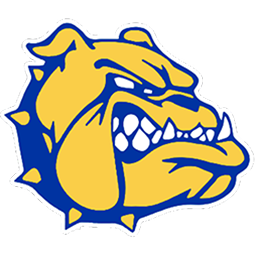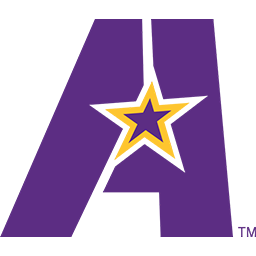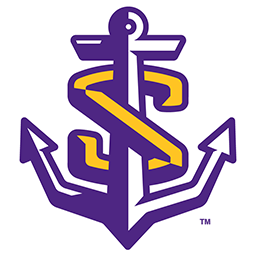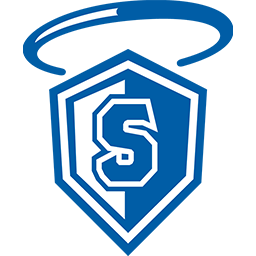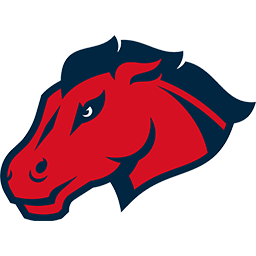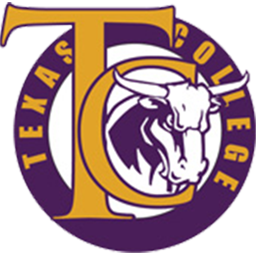RRAC ATA COVID-19 Guidelines
Red River Athletic Conference Athletic Trainers Association
COVID-19 Protocols
**Updated September 8, 2021**
All RRAC visiting teams are required to download and complete the following form to provide to the host school at each contest during the 2021-22 seasons:
Additional NAIA COVID-19 Forms:
NAIA-ATA Screening (Healthcare Provider)
NAIA-ATA Screening (Non-Healthcare Provider)
The Red River Athletic Conference recognizes the fluidity of COVID-19 and the potential impact on intercollegiate athletics. Each member institution should follow state, local, NAIA, and institution guidelines when preparing for intercollegiate athletics. Because of the serious threat COVID-19 poses to the health of student-athletes, coaches, staff, officials, campuses, and local communities, the RRAC recommends the following guidelines and best practices.
1. Education
a. Each institution should develop a plan to educate their student-athletes, coaches, and staff about COVID-19.
This education should include, but not be limited to:
i. Explanation of virus and spread
ii. Identifying vulnerable and at-risk individuals
iii. Signs and symptom
iv. Prevention
1. Social distancing
2. Use of masks in public spaces
3. Hand washing with soap and water
v. Protocol for reporting illness and seeking treatment
vi. Potential testing procedures
b. Each institution should document the education of student-athletes, coaches, and staff.
2. Screening of student-athletes and staff
a. Initial student-athlete return to campus
i. prior to on-campus arrival, each institution should send a questionnaire to all student-athletes regarding travel patterns, symptoms, contact with COVID-19 positive individual, and previous COVID-19 diagnosis.
ii. Explore potential for testing when student-athletes arrive to campus based on institutional policies.
iii. Develop plans for quarantine of individuals with positive tests and those traveling from out of the country/area based on institutional policies.
b. Incorporate questions about COVID-19 symptoms in daily screening.
i. Shortness of breath?
ii. Sore throat
iii. Cough?
iv. Recent fever?
v. Loss of taste and/or smell?
vi. Recent contact with known COVID-19 positive individual?
c. Monitor and document the temperature of student-athletes and staff daily. Should be done in a climate-contolled environment for increased accuracy. The CDC defines a fever as greater than or equal to 100.4 degrees fahrenheit.
d. Any student-athlete or staff that presents with fever or reports feeling ill should be isolated until further diagnosis and arrangements for appropriate care can be made.
e. Explore telehealth options to avoid individuals with signs and symptoms from entering public spaces.
f. Develop a plan for seeking appropriate healthcare for those with signs an symptoms, including local availability of testing for COVID-19.
g. Adhere to local and institutional guidelines for reporting illness.
h. Follow RRAC COVID-19 Gameday Procedures document for contests.
3. Equipment and facility sanitation
a. Develop and implement a cleaning and disinfection plan for public spaces. Revise this plan as new information is presented
b. Emphasize proper hand hygiene. Hand sanitizer and/or hand washing stations should be plentiful and available.
c. Clean and disinfect high touch surfaces frequently with EPA-approved disinfectants or alternate disinfectant (ex: 1/3 cup bleach in 1 gallon of water) if commercial disinfectant is unavailable.
d. Follow CDC laundry guidelines and disinfect athletic equipment daily.
e. Maintain a clean healthcare facility. CDC Infection Control
f. Consider use of appropriate PPE
g. Gameday considerations.
i. Clean and sanitize home, visiting, and officials locker rooms prior to and after contests.
ii. Clean and sanitize benches prior to and after contests.
iii. Clean and sanitize balls and other athletic equipment prior to and after contests.
iv. Clean and sanitize water coolers prior to and after contetss. Encourage use of individual drinking vessels.
4. Social distancing during contests/events/activities
a. Sidelines/benches
i. Appropriate social distancing should be encouraged on sidelines/benches and contests and events. Consider using tape or paint as a guide for students and coaches and extra rows for benches to maintain appropriate distance.
b. Who should be allowed at events?
i. Group individuals into tiers from essential to non-essential and decide which tiers will be allowed at an event:
1. Tier 1 (Essential): Athletes, coaches, officials, event staff, medical staff, security
2. Tier2 (Preferred): Media
3. Tier 3 (Non-essential): Spectators, vendors
5. Travel considerations
a. Be familiar with institutional policies regarding travel and social distancing while inside vehicles.
b. Develop an institutional plan for daily screening procedures while traveling for away contests. Include plans for isolation and return to campus for individuals that become symptomatic while traveling to an away event.
c. Athletic training room access for visiting teams
i. Each institution will develop policies and procedures for pre-game treatments and taping for visiting teams (location, time before game, etc.)
ii. Institutions should communicate those policies and procedures to visiting teams at least 48 hours in advance of the contest.
iii. Visiting teams must adhere to the home institution’s policies and procedures, including requests for being on-site with adequate time to meet their needs.
6. Athletic trainer guidelines
a. Athletic trainers are strongly encouraged to wear masks and gloves during interactions with student-athletes. It is recommended to change gloves as well as wipe down surfaces between patients.
b. Athletic training facilities should be managed to meet distancing guidelines.
c. Athletic trainers should identify “vulnerable individuals” with underlying conditions (students, coaches, and staff) that may be considered “at-risk” for COVID-19 and suggest modifications to return-to-sport.
d. Athletic trainers should modify Emergency Action Plans (EAPs) to comply with group sizes .
i. Lightning EAP should be modified to comply with proper social distancing
ii. Heat acclimatization should be followed with special considerations for identified “vulnerable” and “at-risk” individuals.
7. Contact tracing
a. Identify methods of contact tracing when an individual becomes COVID-19 positive.
8. Mental health
a. Each institution should review their mental health plans and adjust to include counseling services for COVID-19 positive individuals.
9. Conference reporting
a. The Red River Athletic Conference will explore reporting positive cases from institution to institution in compliance with HIPAA and FERPA laws.
10. Other considerations
a. Wide availability of hand sanitizer at contests and practices. Participants, coaches and officials should clean hands frequently.
b. Wiping down ball and equipment frequently.
c. Discourage pre-game and post-game handshakes/high-fives/fist bumps.
d. Officials and sideline personnel should be given the option to wear face coverings.
